From Wet to Set: How Long Does Wood Glue Take to Dry?
You need to ensure your glue sets in and dries well in woodworking. One mistake and the glue won’t hold as it should. This, in turn, would make your creation less durable.
So, how long does wood glue take to dry? Well, wood glue drying time is as diverse as the grains in the wood itself. Some will dry in the blink of an eye, while others need time to be adhesive. For instance, PVA wood glue might take 30 minutes, while epoxy tests your patience for a few hours.
This article will tell you exactly how long wood bonding should take. We will give you the factors that affect this time and tips on how to dry it quickly.
How Long Does Wood Glue Take to Dry? Here Are the Factors that Determine the Time
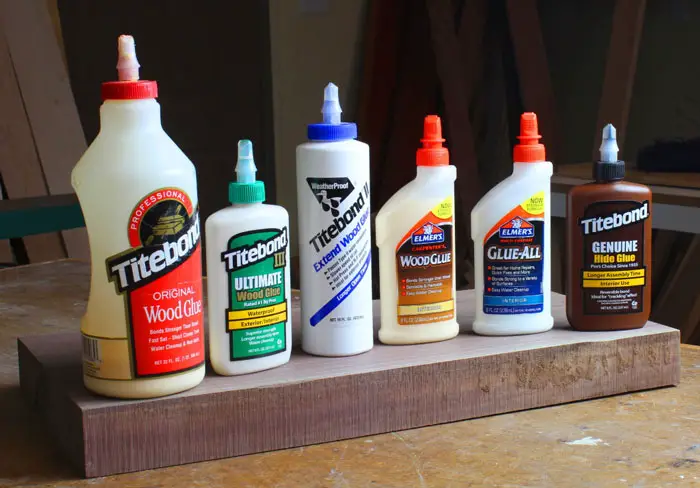
Here are the things that influence the amount of time it will take for your glue to dry:
1. Temperature
Warmer temperatures expedite the drying process. Colder ones slow down drying. When the temperature increases, the molecules in your glue are more active and have higher kinetic energy. This enhances the chemical reactions that are responsible for drying.
Conversely, in cold weather, the reaction will occur slowly. Hence, the drying time will be high.
2. Humidity
Humidity refers to the amount of moisture that is present in the air. High humidity levels will extend the time you need for the drying process. The excess moisture in the air competes with the glue’s moisture content, slowing evaporation rates.
When you have low humidity levels, it means the air is dryer. It hence absorbs moisture from the surroundings, accelerating the drying time of your glue.
3. Glue Type
Choosing your wood glue is also pivotal in determining its drying time. Different types of glues come with varying characteristics. Here is a table that showcases the drying time of major wood glues:
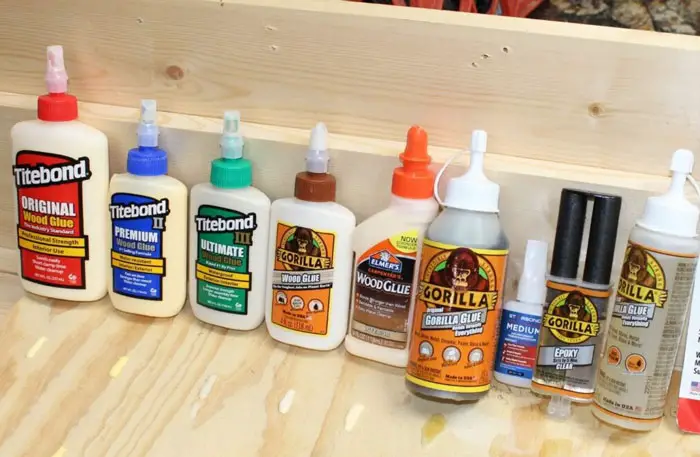
| Type of Wood Glue | Average Drying Time |
|---|---|
| Polyvinyl Acetate (PVA) | 30 minutes to 1 hour |
| Polyurethane glue | 1 to 2 hours |
| Epoxy resin | 4 to 6 hours |
| Cyanoacrylate glue | 5 seconds to 2 minutes |
| Hide glue | 2 to 4 hours |
| Aliphatic resin | 20 to 60 minutes |
4. Wood Porosity
Wood is not a uniform material. It can be porous or dense depending on the type and cut of the wood. Porosity refers to the number and size of wood pores which are tiny openings that absorb moisture and glue.
Porous woods like oak and mahogany will have a long drying time. This is because the glue has to penetrate the wood before it starts drying.
5. Amount of Glue Applied
The thickness of your glue layer impacts how long it will take to dry and set properly. When you apply an excess amount, it will result in thick layers. This will extend the drying time as the thick layers will take much time to evaporate their moisture content.
Conversely, thin and even layered glue applications will dry more quickly. It will have a high evaporation rate and a fast bonding process.
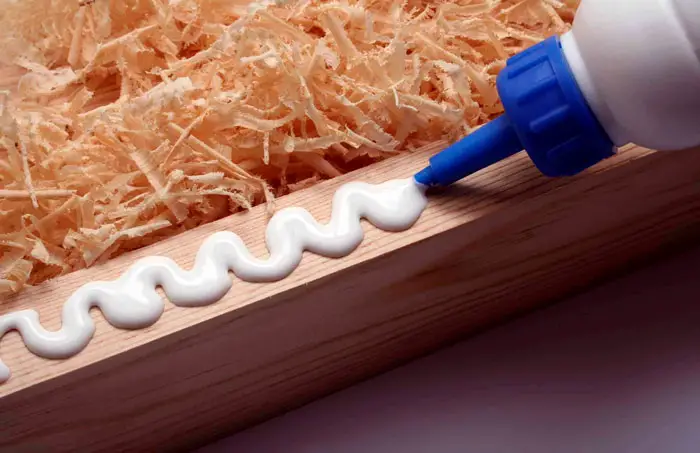
6. Glue Age and Storage
Over time, wood glue changes in consistency and effectiveness. The older the glue, the more drying time it will need. Also, the bonding strength will be less string compared to fresh glue.
Storage also affects the glue quality. Your glue might be fresh but improperly stored in high temperatures and extremely humid conditions. Such a type will take more time to dry.
7. Altitude
As you ascend to higher altitudes, the atmospheric pressure drops. At low air pressure regions, the rate of evaporation is high. This is because there is less atmospheric pressure pushing down on the liquid.
This means in such environments, your wood glue will dry faster. In low altitudes, the opposite is true.
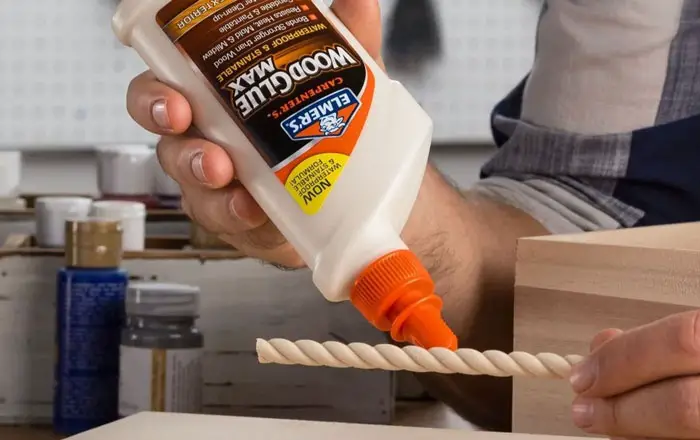
8. Wood Moisture Content
The moisture content of the wood you are working on also significantly impacts its drying time and the success of your project. High moisture content extends the drying time. The glue must compete with the wood for moisture evaporation. Hence, this will lead to delays in your project.
With dry wood, the drying time will be faster. The moisture content within the wood is insignificant and does not compete for evaporation with the wood glue’s moisture content.
Tips for Drying Wood Glue Faster
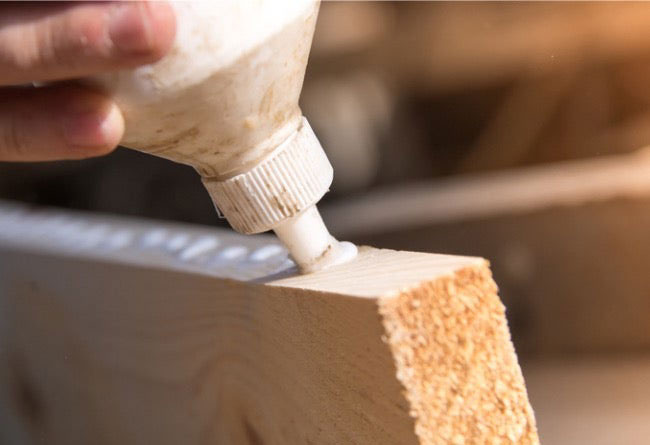
To reduce the time it takes for your glue to dry, follow these pointers:
- Thin application: Aim for a thin and even layer. A thin layer has less moisture content, and it will dry quickly. Also, if the layer is level, there will be even drying times.
- Warm environment: Use AC to maintain your workspace in warm temperatures of about 70 to 75 degrees Fahrenheit (21 to 24 degrees Celsius). Be sure to avoid extreme heat, which will cause rapid drying and affect the bond quality.
- Low humidity: In areas with high humidity, use dehumidifiers to lower the air moisture content. This will create a more favorable environment for fast drying.
- Proper ventilation: Ventilations ensure proper airflow. Adequate airflow will help remove the moisture from your glue as it evaporates. Hence fast drying time.
- Use a quick-drying glue: If your project is urgent, you are better off using a type that promises quick drying. We recommend cyanoacrylate glue for this.
- Use heat or UV treatment lamps: You just have to ensure the entire glued area receives uniform exposure from the heat or UV treatment lamps for consistent drying.
- Proper clamping: Do not apply much pressure to your wood, as all the glue will escape the joint. Instead, apply a little and uniform pressure across the joint. Here is a visual illustration of this on YouTube:
FAQs
Here are answers to some of the questions that will come up in the process:
Q: What is wood glue curing, and how does it differ from drying?
Curing is the process by which your glue transforms from a liquid to a solid and a fully bonded state. This typically involves chemical reactions to create strong bonds between the joining surfaces.
Drying, on the other hand, is just the evaporation of moisture within the glue. So, your glue might be dry but not fully cured. Most glue brands take 24 hours to 48 hours to fully cure.
Q: How can I remove dried glue from wood if I make a mistake?
If you need to disassemble a joint or apply glue to the wring surfaces, use a chisel to scrape it away. If it is too hard, use a heat gun to soften the wood before scraping it.
Q: Can I mix different types of wood glue for better performance?
No, we do not recommend mixing different glues. Each type is made of different chemicals, and mixing them would result in reactions that will potentially be negative. This will compromise the bond’s strength and drying time. Stick to one type and be patient.
Conclusion
The above information puts to bed the question, how long does wood glue take to dry? There is no specific amount of time wood glue takes to dry. It varies based on various factors. One such is glue type. Some will dry faster, while others will need you to be patient.
To make your drying quick, you need an environment that promotes quicker evaporation. This means that it should have optimum temperature and low humidity. Do not cut corners or shortcuts to have your wood glue dry quickly, as it will impact the quality of the bond.




